| paper_id | experiment_id | Participants | News headlines | Intervention | |
|---|---|---|---|---|---|
| 1 | altay_2023 | 1 | 198 | 16 | FalseLabel |
| 2 | badrinathan_2021 | 1 | 818 | 14 | literacy |
| 3 | bago_2022 | 2 | 331 | 24 | suppression |
| 4 | bago_2022 | 3 | 1502 | 24 | suppression |
| 5 | bago_2022 | 4 | 1520 | 24 | suppression |
| 6 | brashier_2021 | 1 | 397 | 36 | veracity_labels |
| 7 | brashier_2021 | 2 | 422 | 36 | veracity_labels |
| 8 | clayton_2020 | 1 | 429 | 9 | false_no_warning |
| 9 | dias_2020 | 1 | 190 | 24 | highlight_banner |
| 10 | dias_2020 | 2 | 923 | 24 | highlight_banner |
| 11 | guess_2020 | 1 | 4907 | 12 | literacy |
| 12 | guess_2020 | 2 | 3744 | 12 | literacy |
| 13 | guess_2020 | 3 | 3273 | 12 | literacy |
Belief in & interventions against misinformation
2025-06-27
People worry about misinformation
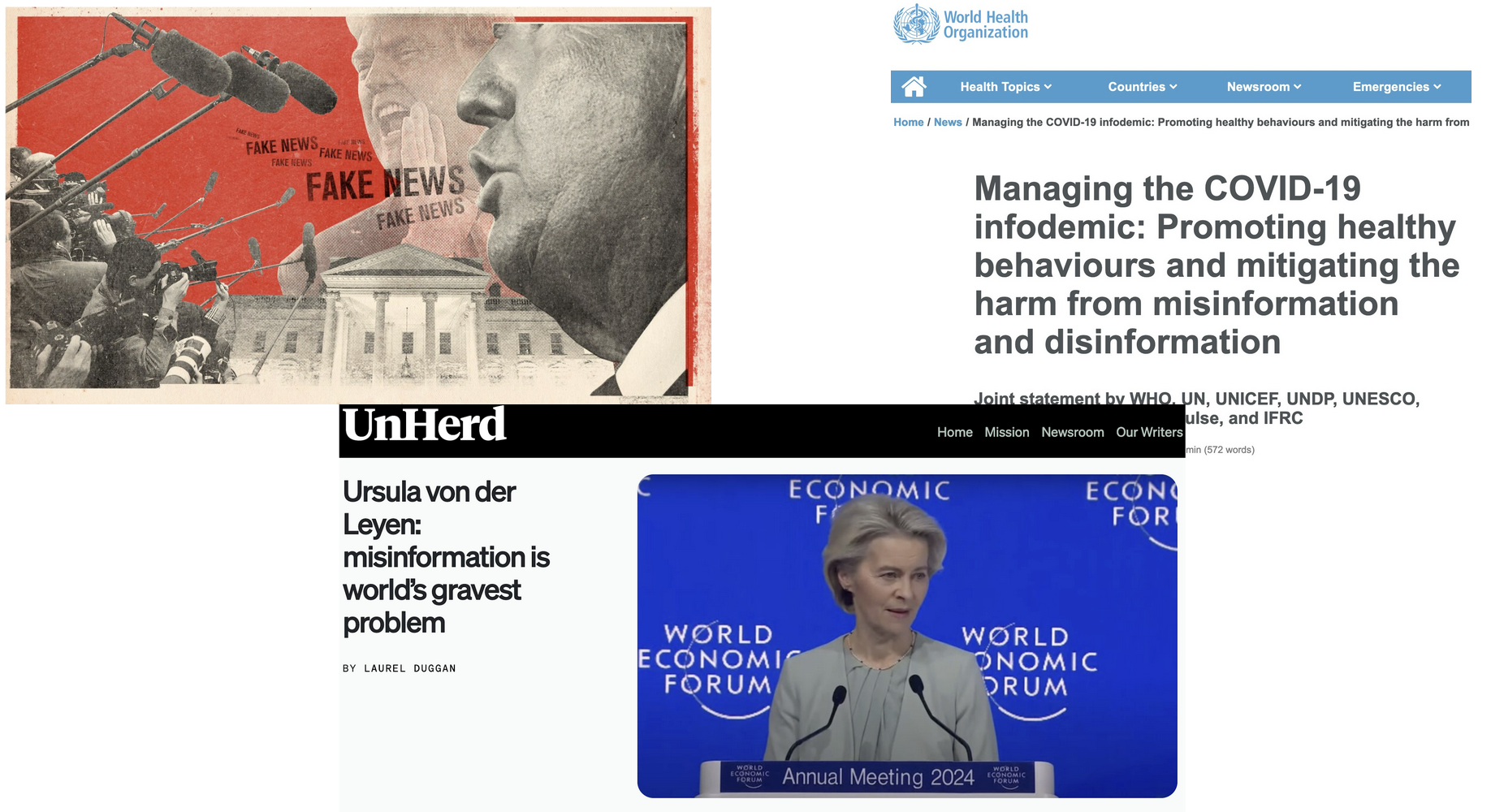
But people might not worry enough about information

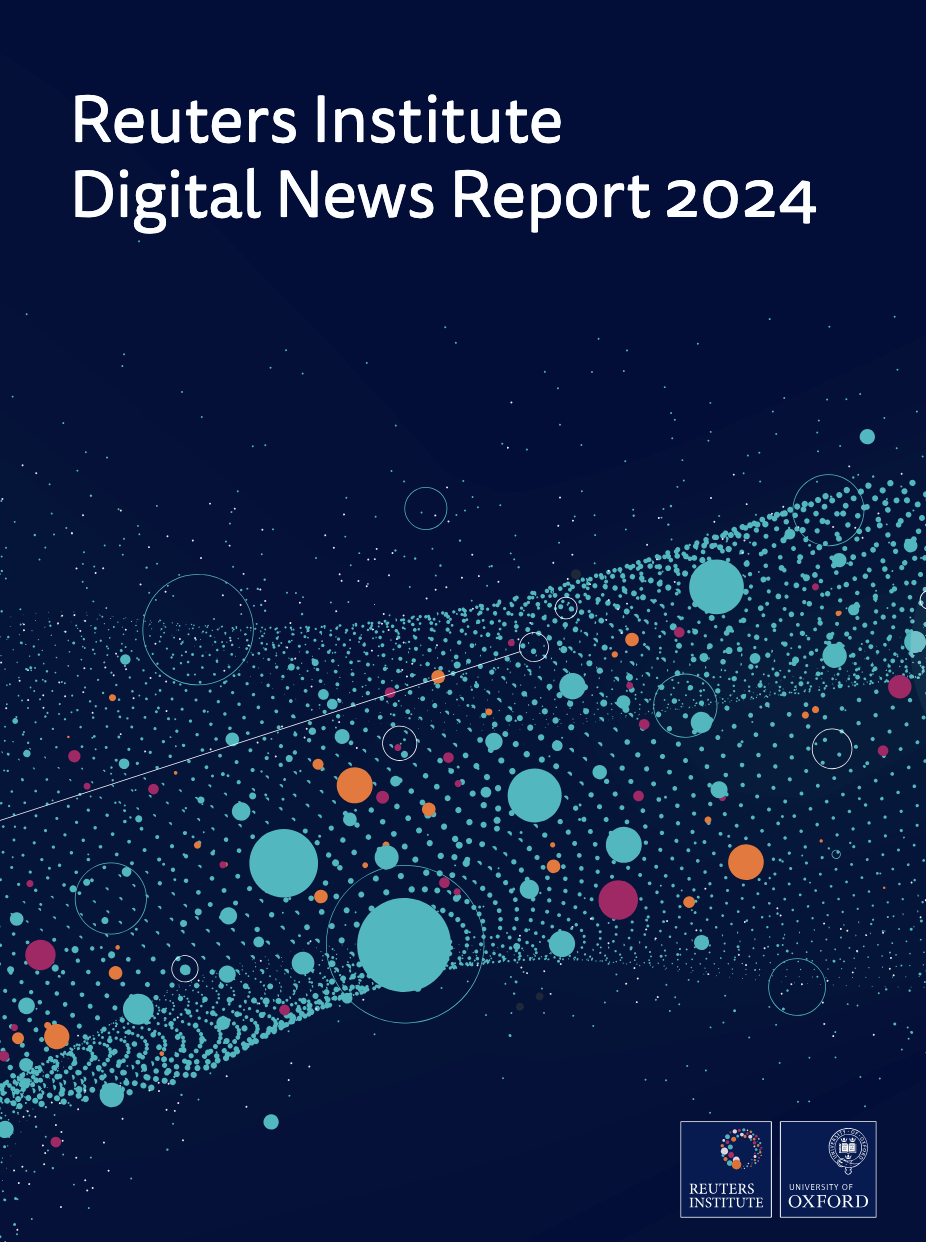
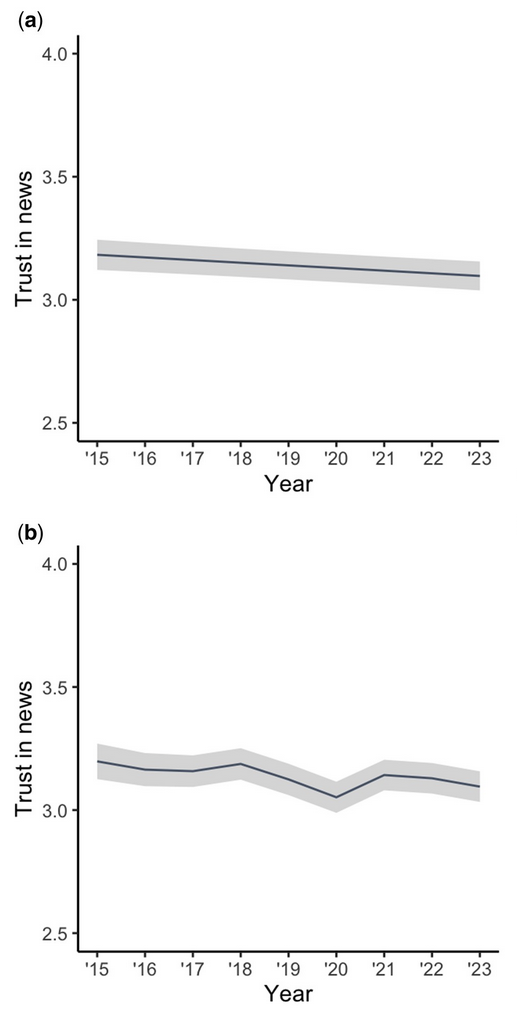
There has been a lot of research on people’s belief in misinformation

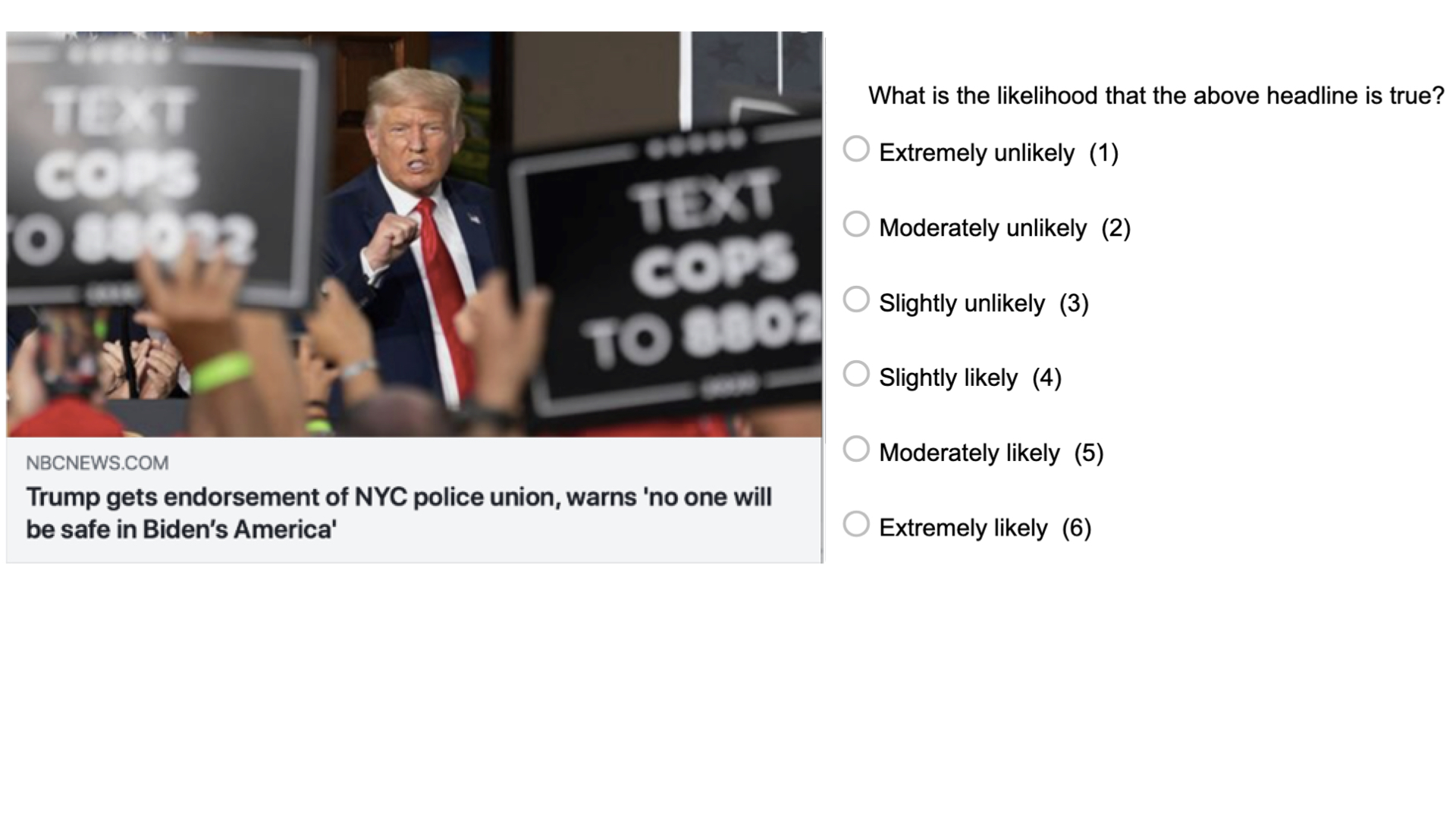
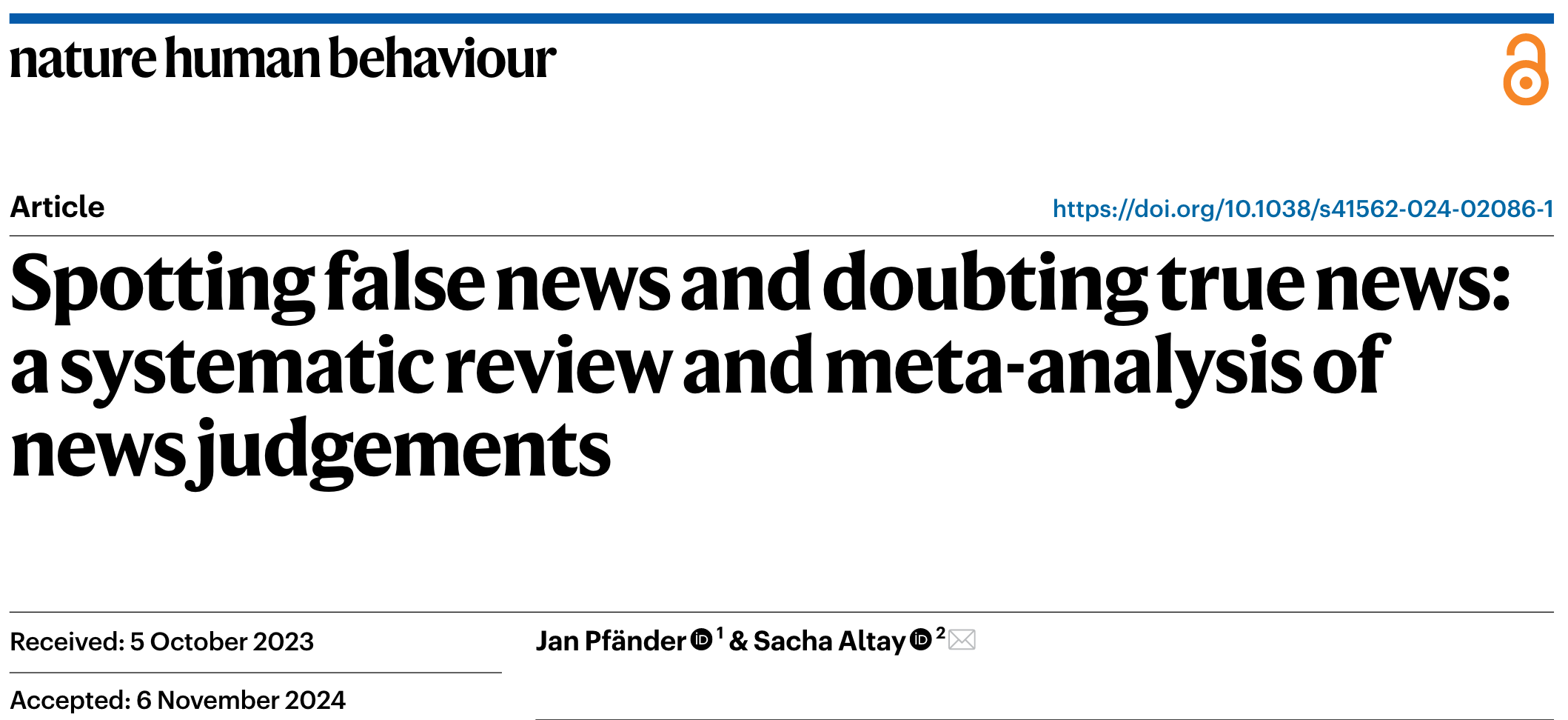
67 papers
194’438 participants
303 effect sizes
40 countries

Discernment = Accuracy(true news) − Accuracy(false news)
For 298 of the 303 effect sizes, people rated true news as (a lot) more accurate than false news

On the whole, people did well in discerning true from false news…
but of course they still made some errors.
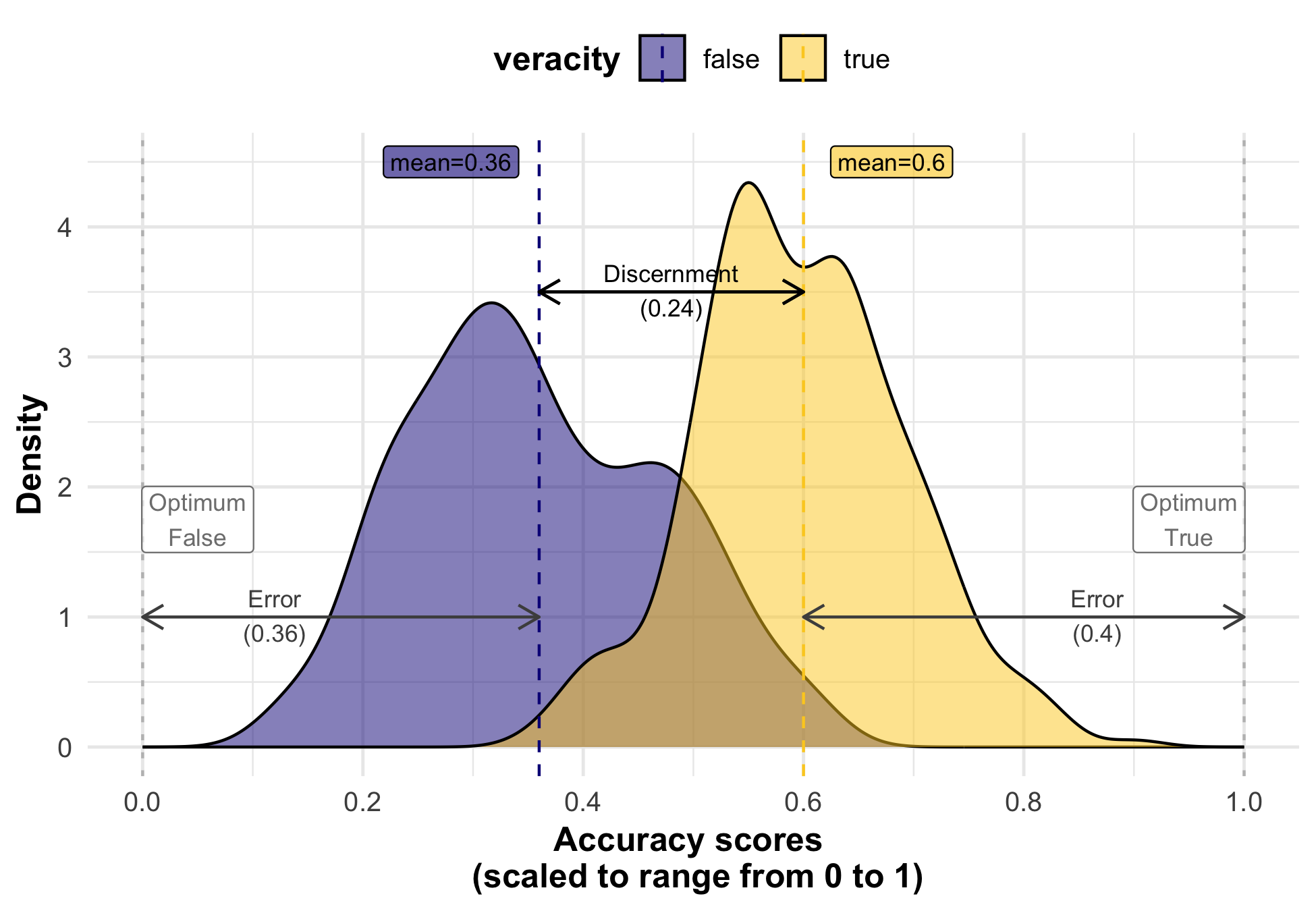
Skepticism bias = Error(true news) - Error(false news)
For 203 of 303 effect sizes, people made (slightly) more errors on true news than on false news.

Interim conclusion
People discern rather well between true and false news
If they err, they tend to be more skeptical of true news than gullible towards false news
Many studies have tested individual-level interventions to reduce belief in misinformation
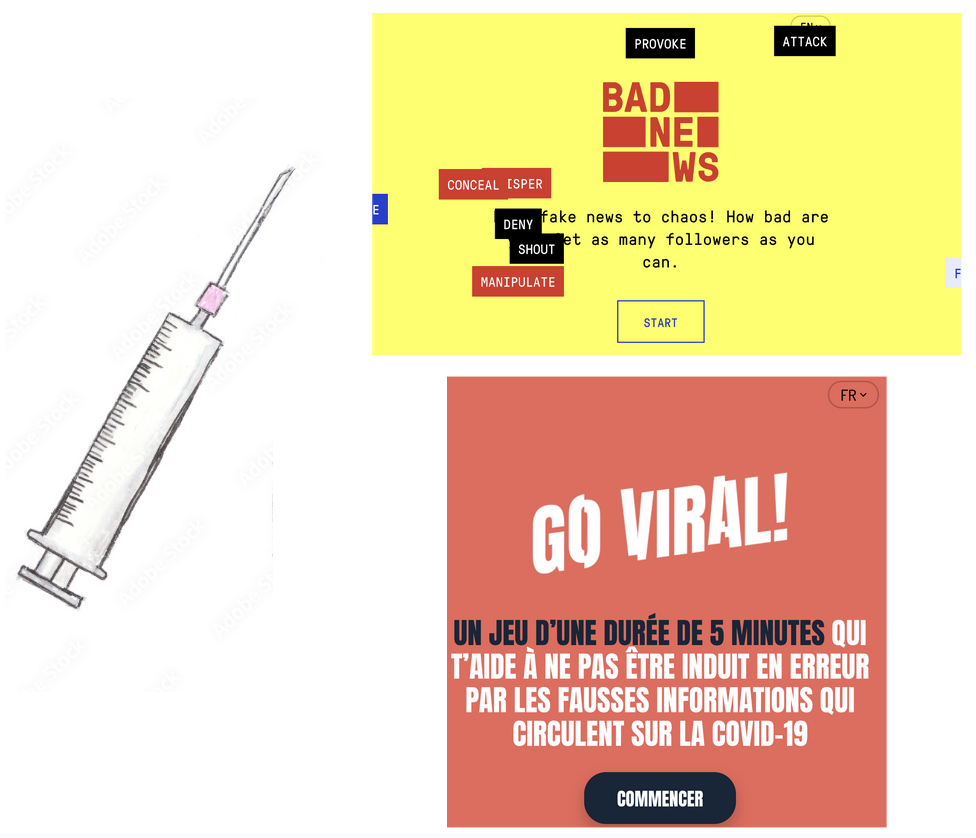
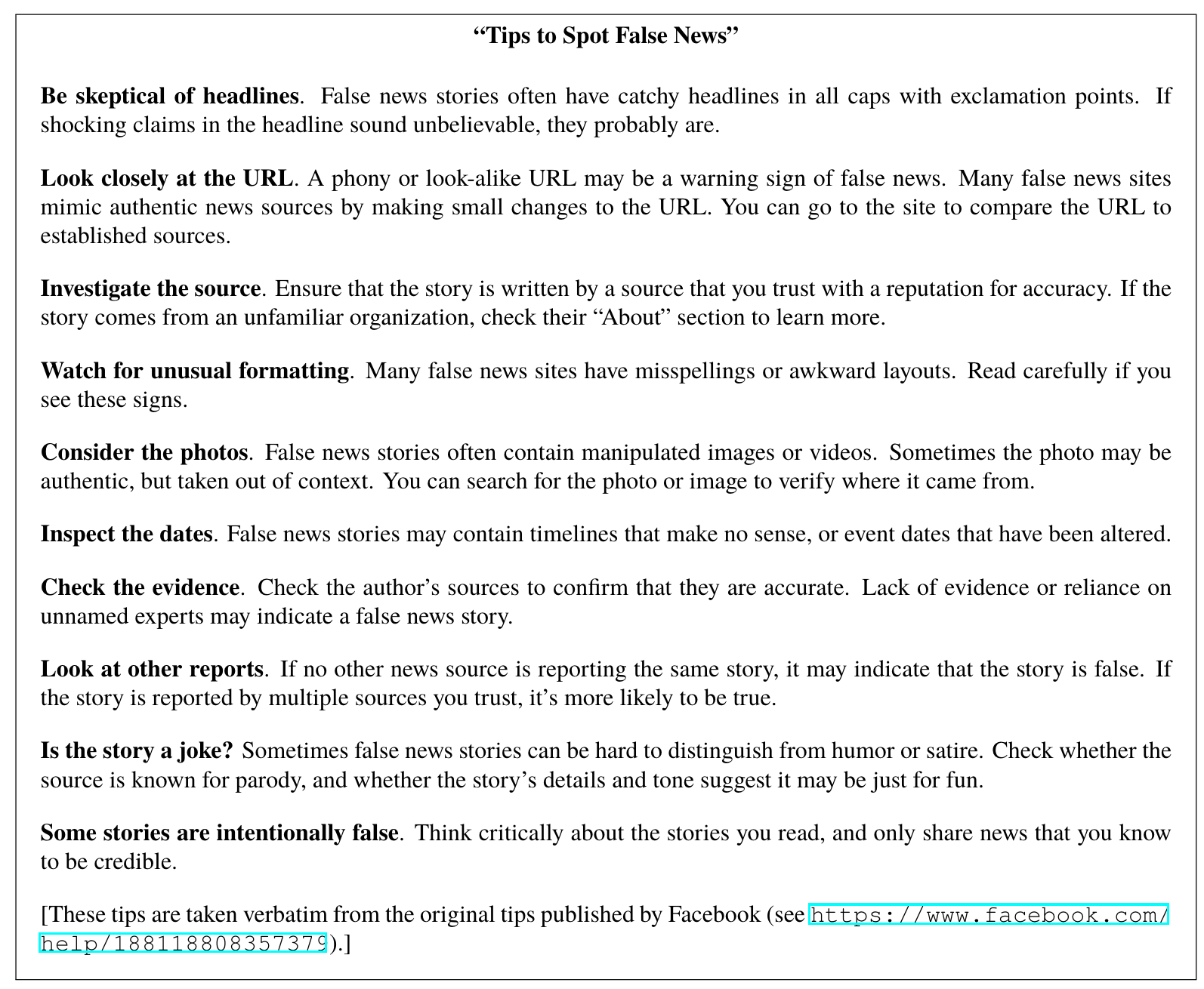

But…
The effectiveness of these interventions has typically been evaluated in terms of discernment only
Some misinformation interventions might be harmful if they foster general skepticism of news

How effective are misinformation interventions ? A(nother) meta-analysis
Individual Participant Data (IPD) Meta-analysis
Identify relevant studies
Download raw data
Clean and bring into common format
Analyze in a unifying framework (Signal Detection Theory)
Signal Detection Theory
Measures:
- sensitivity (d’) (~discernment)
- response bias (c) (~skepticism bias)
Outcomes:
- \(\Delta d'\) = d’(treatment) - d’(control)
- \(\Delta c\) = c (treatment) - c (control)
What we have so far…
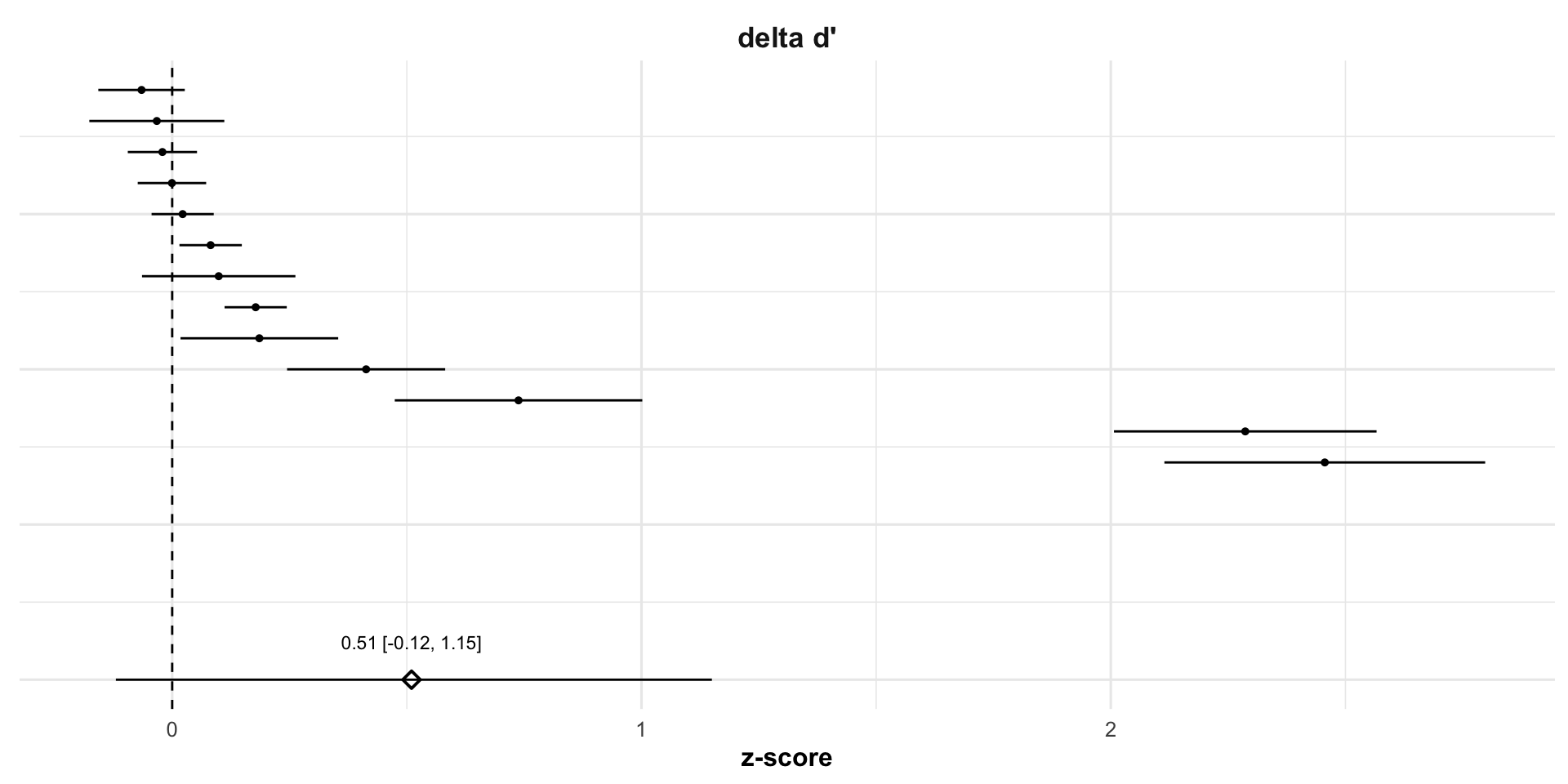
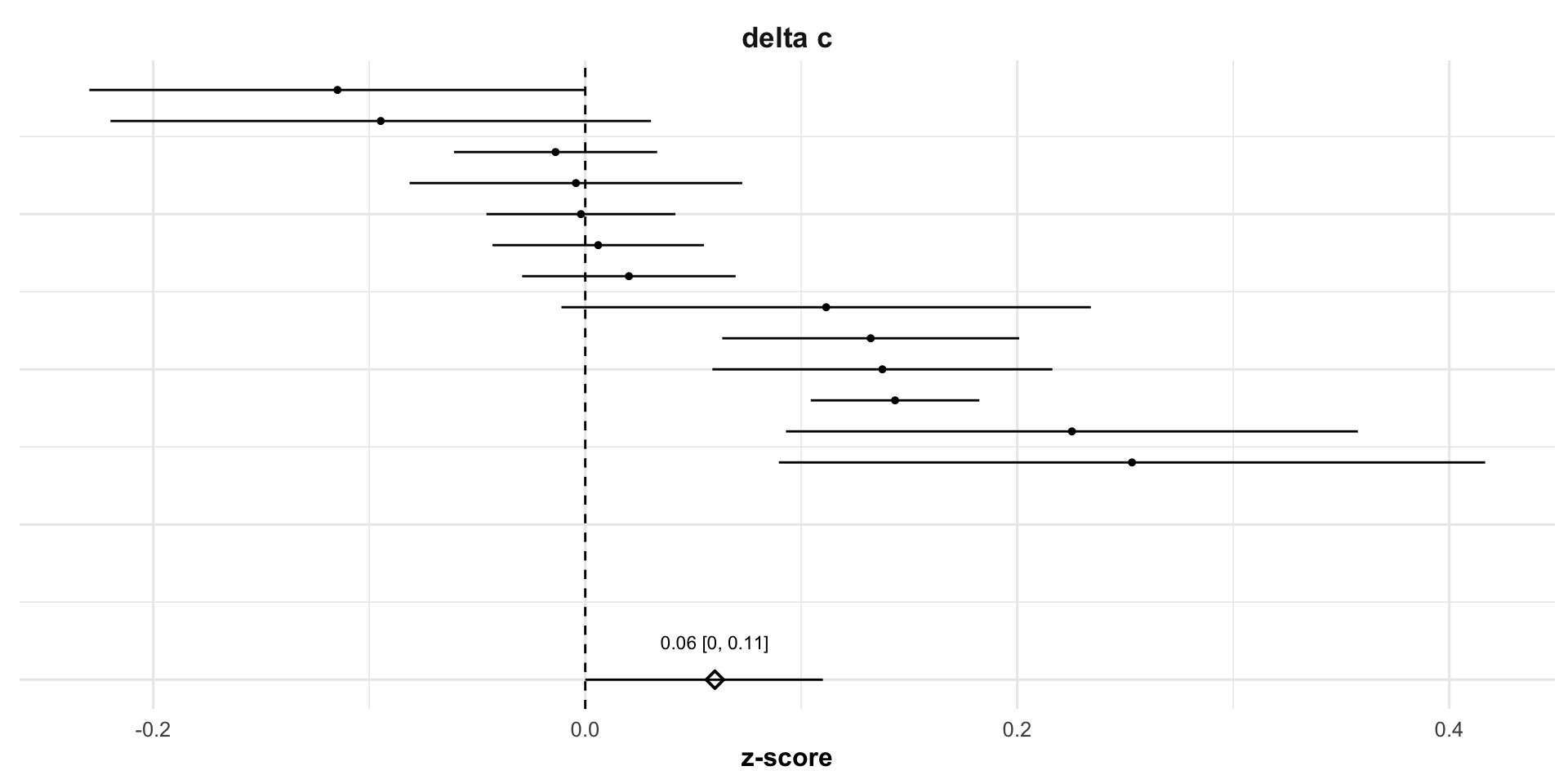
Conclusion
- It is not (yet) clear how effective individual-level misinformation interventions are:
- do they help people discriminate better?
- do they just make people more skeptical?
- which are the most/least effective interventions?
Thank you
 Jan Pfänder
Jan Pfänder
 Sacha Altay
Sacha Altay
Slides and our pre-registration are available here:

Backup slides
Countries
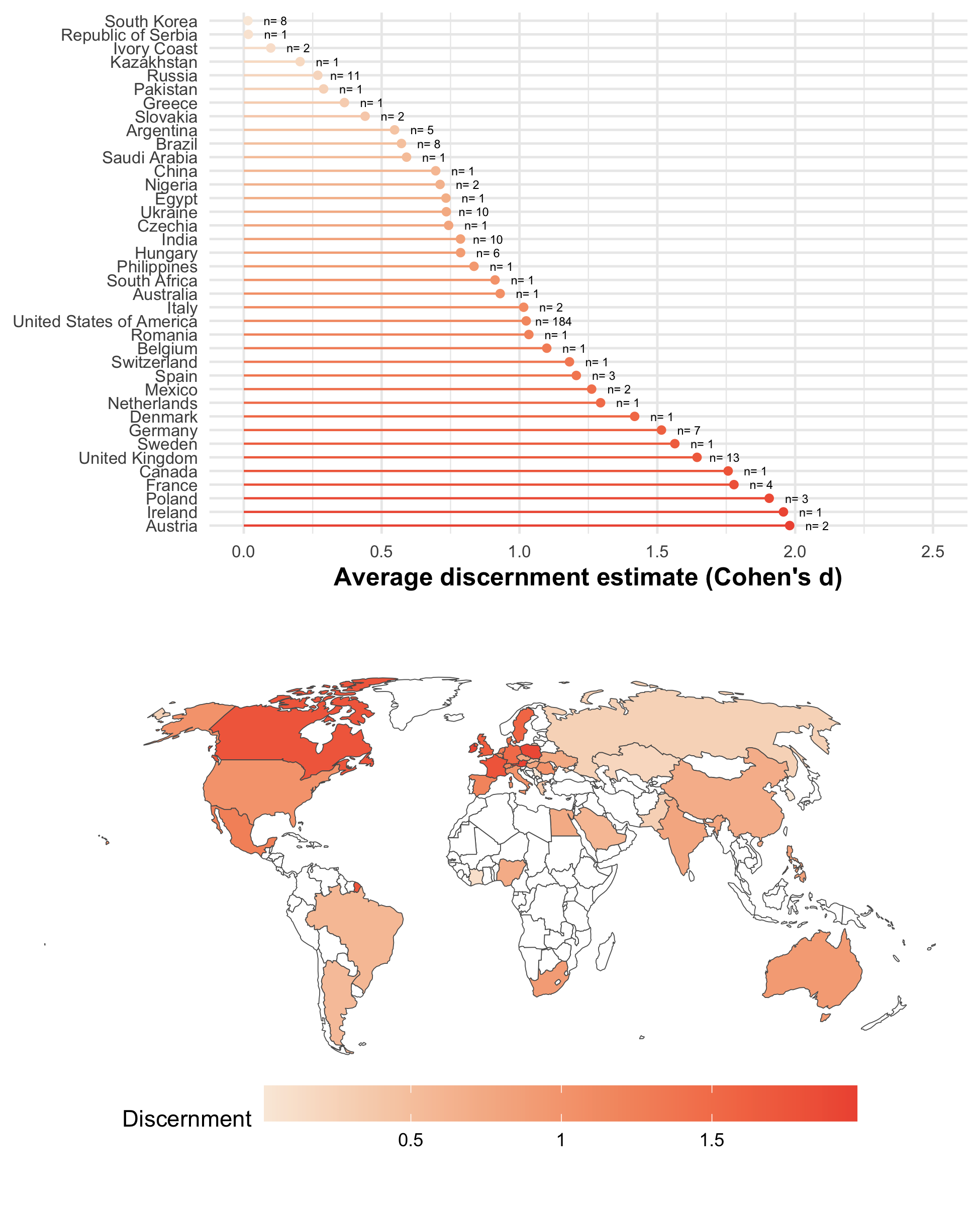
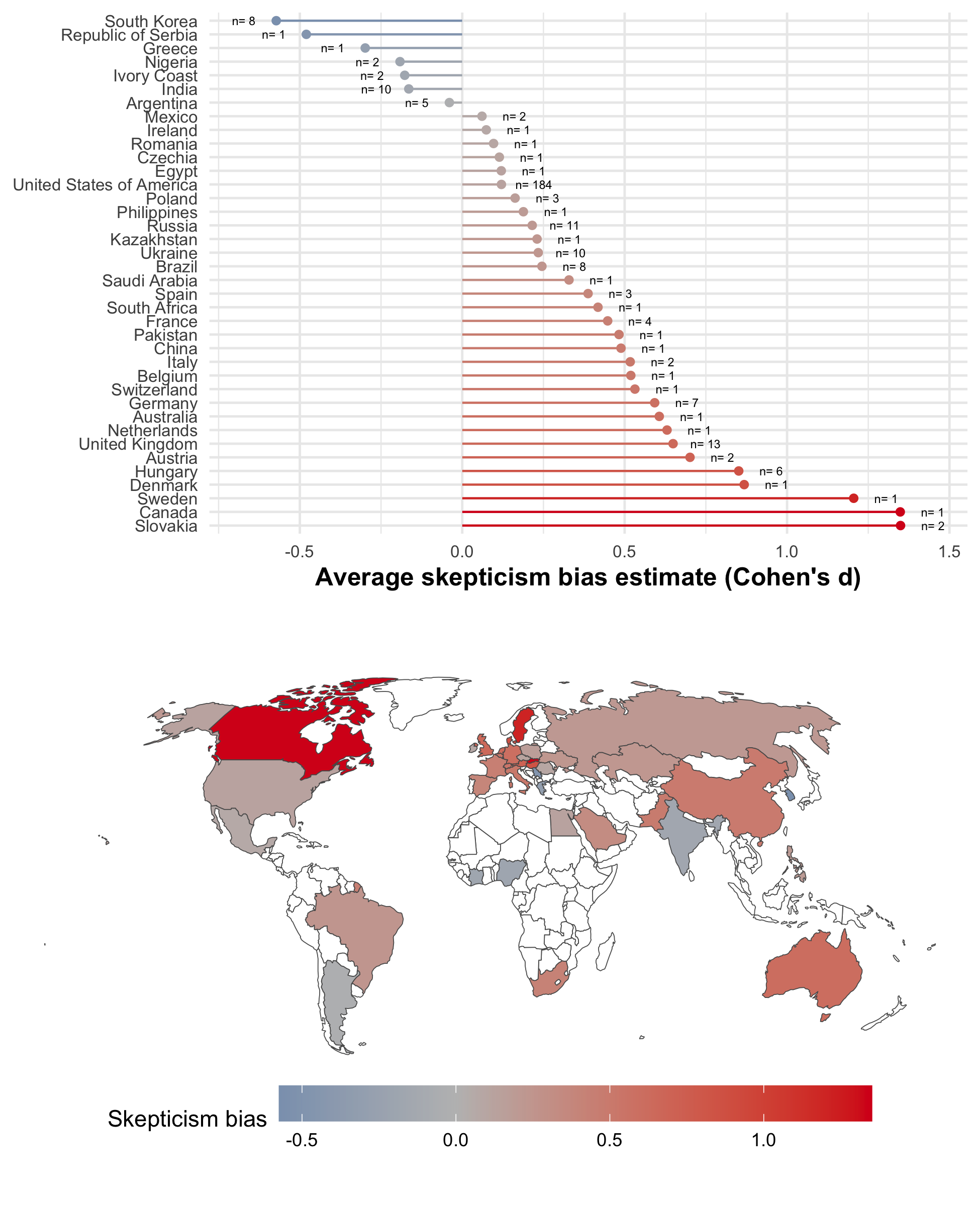
Political concordance
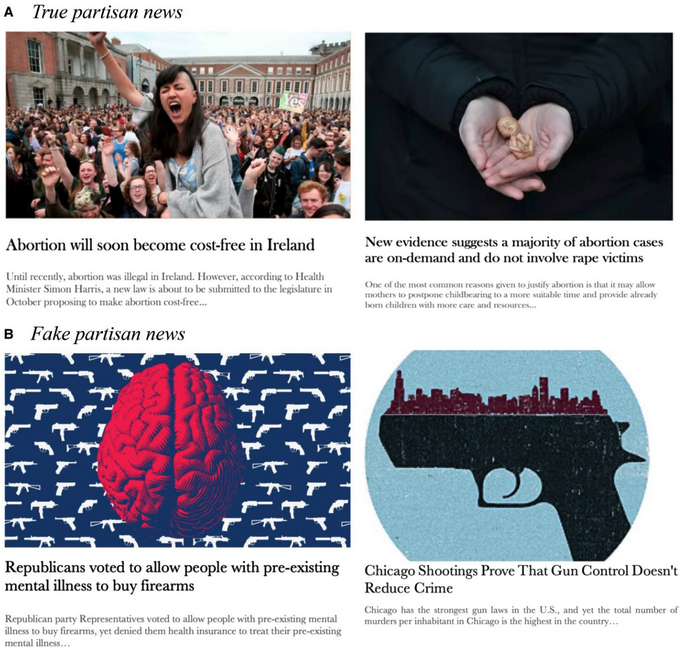
Political concordance
Alignment between personal political stance and the political slant of the news
For example, pro-republican news rated by republicans are coded as concordant
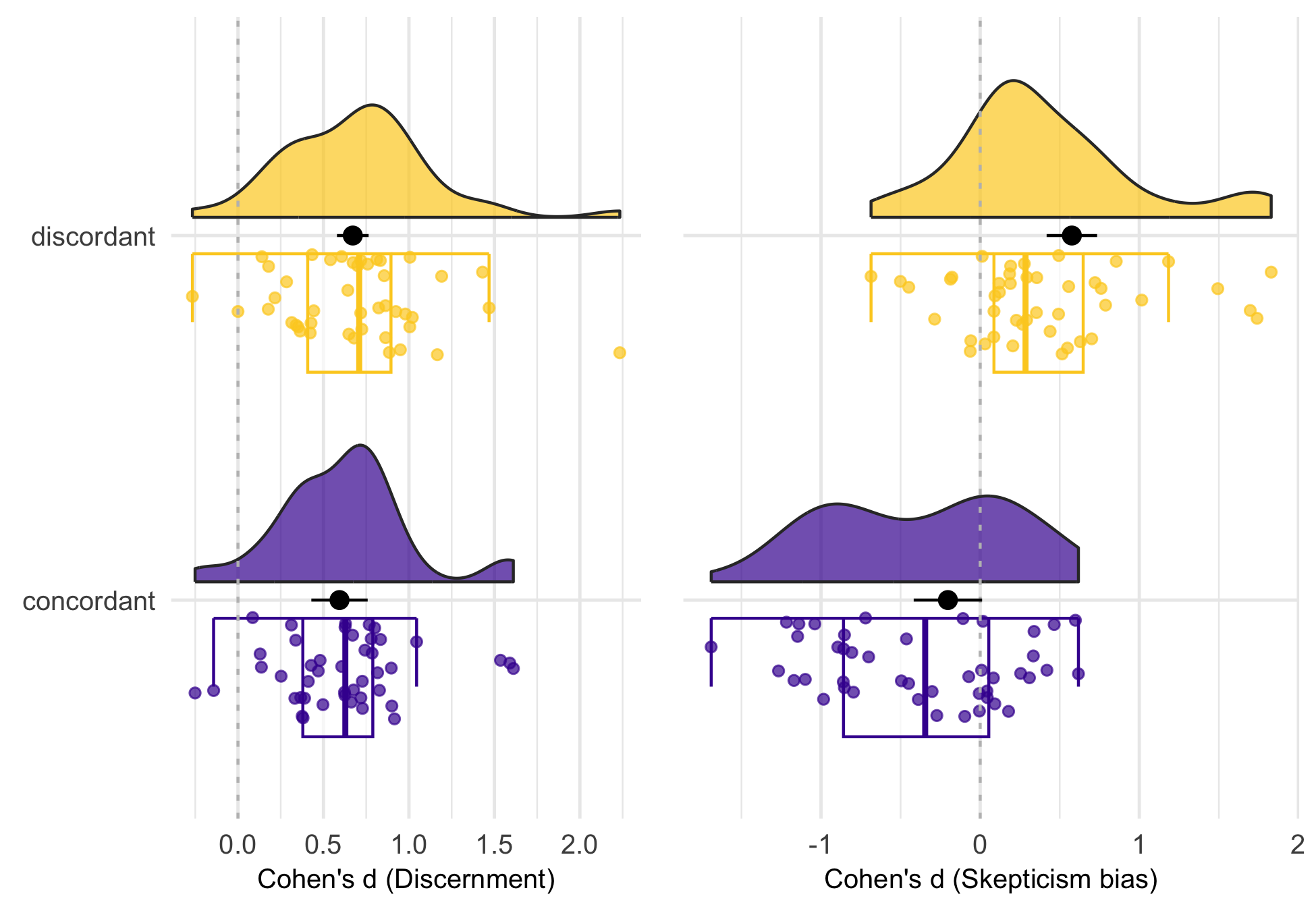
Comparison SDT and Discernment/ Skepticism bias
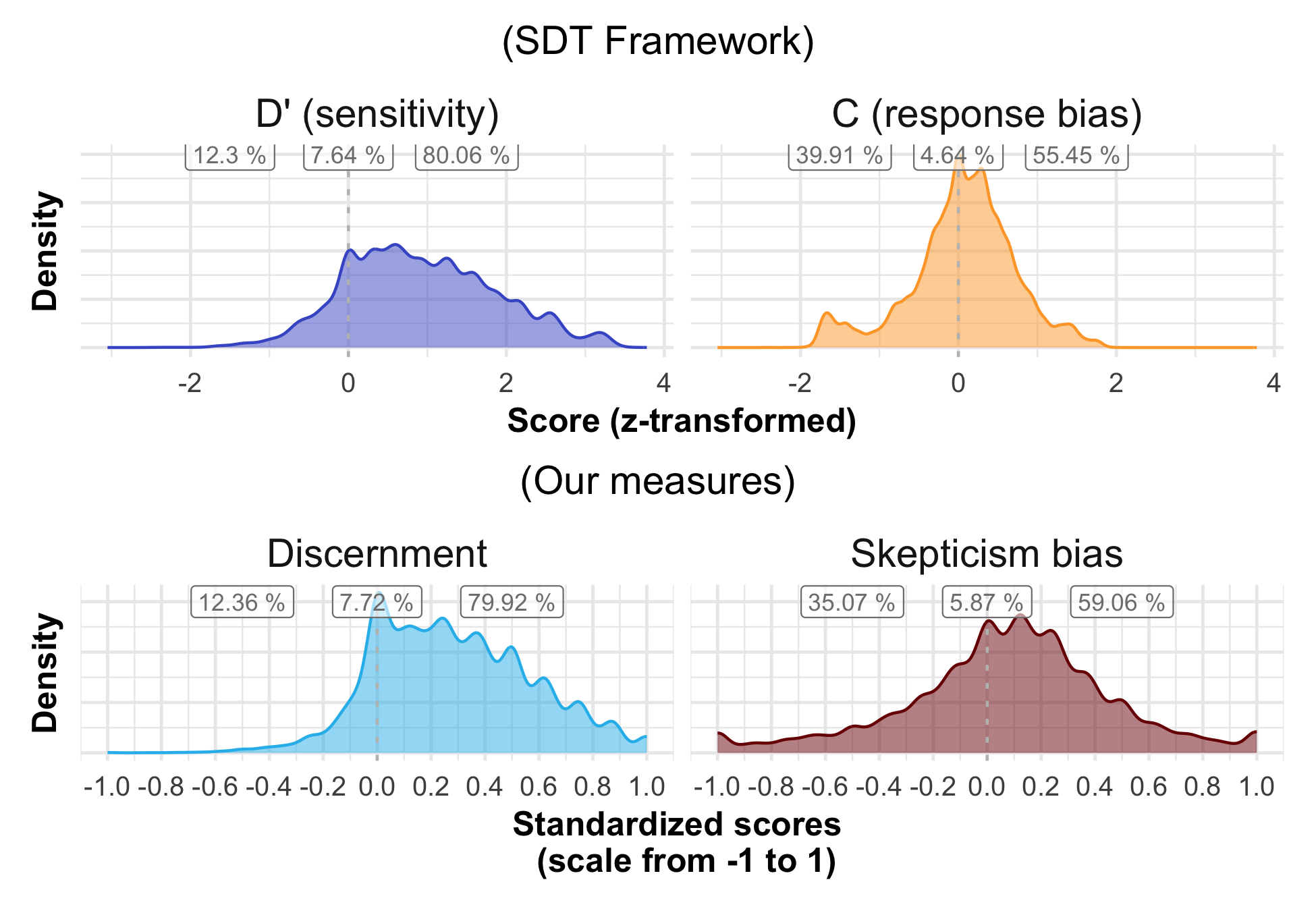
Selection bias
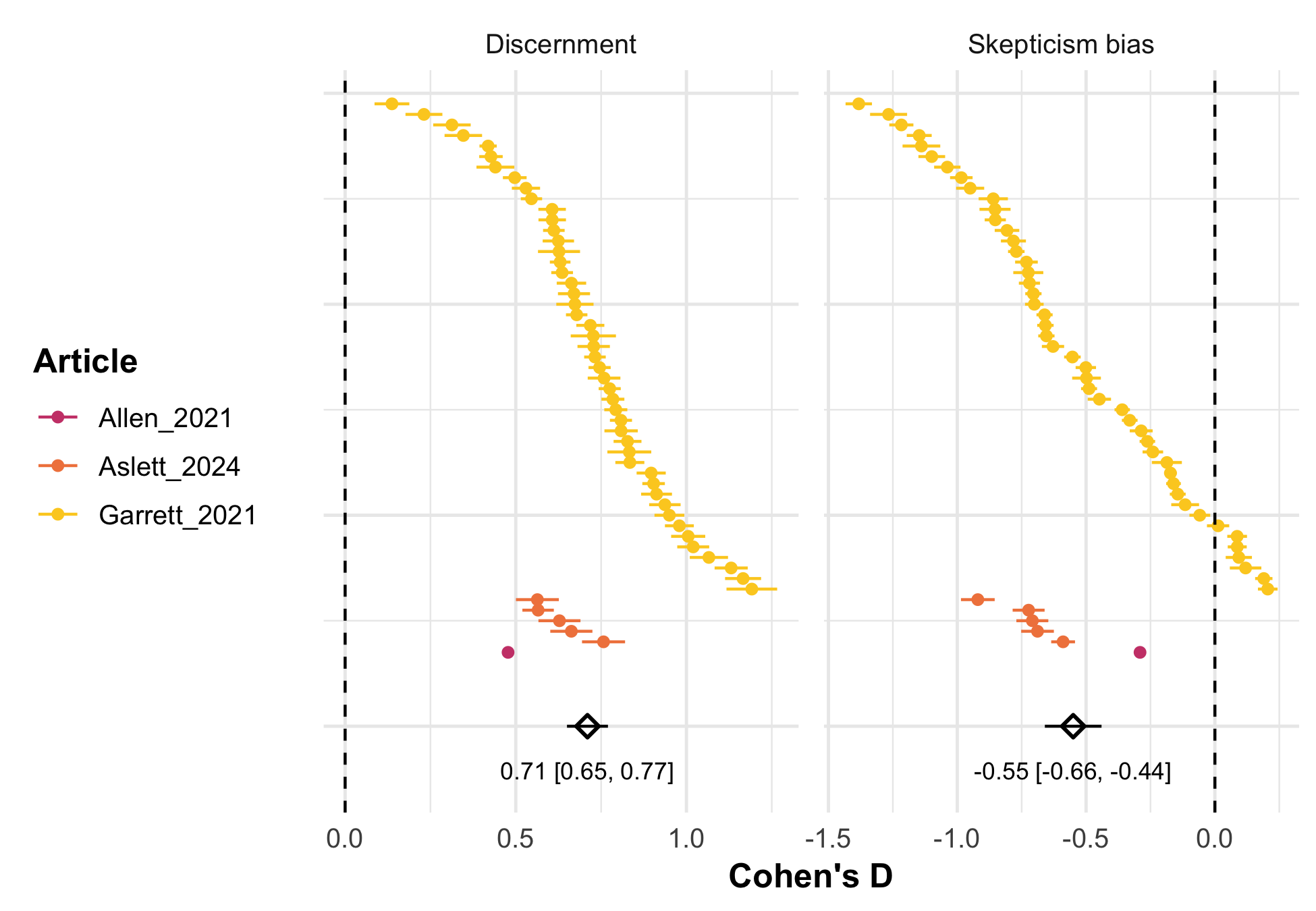
Signal Detection theory
Participant response
|
|||
|---|---|---|---|
| Stimulus | Accurate | Not Accurate | SDT Metric |
| True news (target) | Hit | Miss | Hit rate (HR) = Hits / (Hits + Misses) |
| False news (distractor) | False alarm | Correct rejection | False alarm rate (FAR) = False Alarms / (False Alarms + Correct Rejections) |
\[ d' = z(HR) - z(FAR) \]
\[ c = -\frac{1}{2}(\text{zHR} + \text{zFAR}) \]
